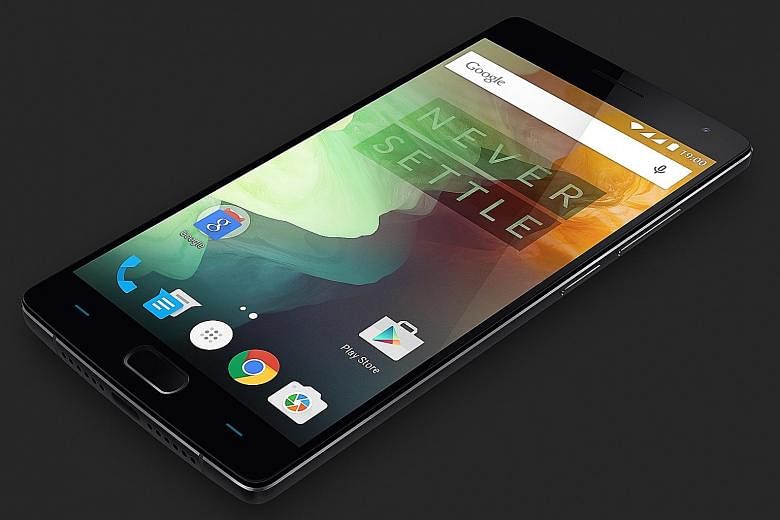Based on hardware specifications alone, the OnePlus 2 is easily the leader of the pack of devices compared here.
The Qualcomm Snapdragon 810 is the latest processor used by major companies such as HTC and LG. While there is no microSD card slot to increase the memory on the device, the 64GB version comes with 4GB of RAM - enough for apps and games to run smoothly.
It also comes with a fingerprint sensor, which is only available on the recently launched and pricier Oppo R7 Plus unit featured in this round-up of inexpensive Chinese phones.
On the flip side, the OnePlus 2 is the thickest devices here, as it has a curved rear. This design is also relatively old fashioned.

The device comes with a removable rear panel, which pops open to reveal a SIM card tray that houses two SIM cards, but the battery is not removable.
-
RATING
-
FEATURES: 4/5
DESIGN: 3/5
PERFORMANCE: 4/5
VALUE FOR MONEY: 3/5
BATTERY LIFE: 3/5
OVERALL: 4/5
You can swap between different rear panels. The review unit came with the standard textured rear cover that has a sandpaper feel to it. It took me a while to get used to the grip, but the traction the rear panel provided gave a sense of assurance that it would not slip out of my hands.
And while it has top notch hardware components, the device is let down by their implementation.
For instance, the full high-definition screen is as good as the other three phones in this round-up. But OnePlus has dialled down on the brightness and colour intensity of the display.
The screen is not as bright as the Oppo R7 or Huawei P8. Bright colours like lime green or red look a shade darker than on those phones.
The camera's white tones are also a little off. When the High Dynamic Range (HDR) mode is turned on, there is a two-second processing delay that prevents users from snapping another photo immediately.
OnePlus' Oxygen 2.0 operating system, which is a slightly modified version of the stock Android OS, feels snappy and should appeal to long-time Android users for its familiarity.
It is slightly reminiscent of Motorola's take on Android, but comes with more functionality.
The dropdown quick access menu provides Wi-Fi and Bluetooth options, and the menu tray, which some makers have removed, is still intact.
As with any new OS, there is a learning curve, especially with the new options. Pressing and holding on to the "back" button switches users back to the previously opened app, which makes it easier to multi-task between two apps.
Some menu options are hidden. Swiping inwards from the left on the main home screen reveals the weather and frequently used app menu. Doing the same while in camera mode reveals more camera settings, such as shooting in panorama mode, or switching to shooting 4K in video mode.
It comes with a USB-C port, which means you probably need to invest in additional cables for charging the phone at different locations.
The phone will go on sale here only on Sept 14 and while the price is low, it could have been lower. The September availability of the OnePlus 2 here was announced on July 31, along with a price tag of $538.
It has since been adjusted to $598.


